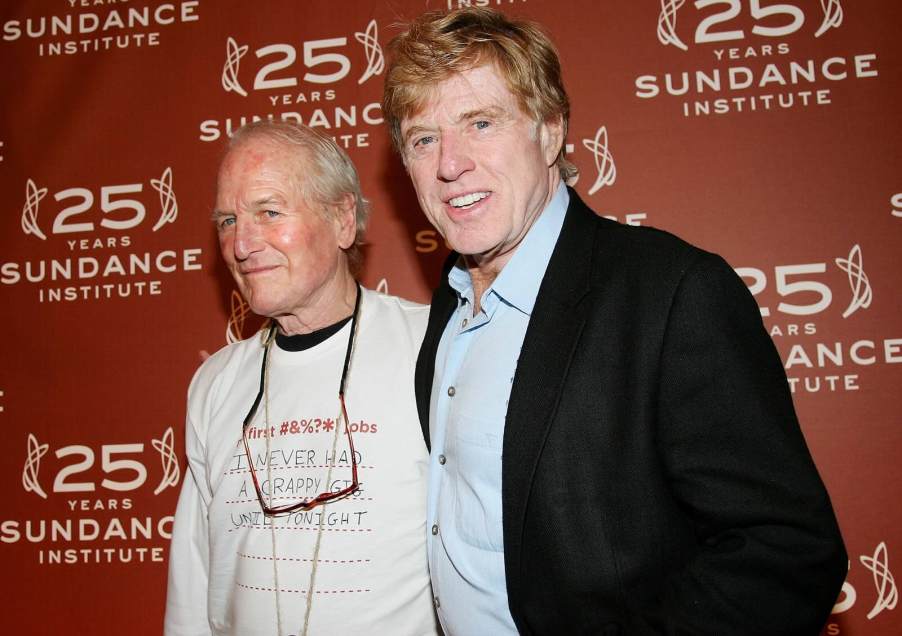
The Sandman Season 2 Review: Netflix’s Dream Saga Feels Lost in Gloom
The Sandman is back on Netflix. If you liked season one, you probably knew what you were signing up for. If you didn’t, you might wonder why you’re still here, watching Morpheus stand in the dark corner of every scene, whispering cryptic lines like he’s reading old poetry out loud at a high school goth club.
Season two, or at least part one, tries to push Dream into new territory. This time, he’s not just sulking about his endless responsibilities. Now he’s trying to fix the mess he made ten thousand years ago when he banished his lover Nada to hell. Probably not his smoothest move, even for an immortal king of dreams.
The opening episodes get him tangled up with Lucifer again. Gwendoline Christie plays the ruler of hell like a boss who’s tired of giving performance reviews to doomed souls. It should feel electric when these two share a scene — the Dream King and the Devil, face to face. But like so many moments in this show, it all happens in low light and lower energy.
Why Does Morpheus Feel So Empty?
Tom Sturridge fits Morpheus perfectly if you go by looks alone. Sharp cheekbones, big eyes that always seem a little sad. The costume team leans hard into the emo vibe — black coats, dramatic collars, hair like he just rolled out of a Smiths concert. He looks cool until he talks. Then the spell breaks.
Every line is delivered in the same hush-hush tone. It works for about five minutes. But across episodes, it starts to feel like someone pressed the snooze button on an already sleepy script. When Morpheus shows up to ruin Thor’s day or hand Shakespeare immortality, it should feel huge. Instead, it’s like watching a teenager get asked to take the trash out.
Season two dips into myths again. Greek, Norse, Christian — it pulls them all in and tries to give them that Gaiman twist. Sometimes it works. Orpheus shows up as Morpheus’s son. You get the tragic Eurydice story all over again, then a weird detour with Orpheus as a talking head. It’s quirky, but it’s hard to care when everything feels so heavy-handed.
Are There Any Bright Spots This Time?
Not all of it drags. Some side stories try to push real emotion into the fog. There’s a part in present-day New York where Dream visits an old friend who’s transgender. The show wants to say something real about acceptance and identity. You feel the intention. But it crashes under dialogue that spells out every point instead of letting moments breathe.
There’s comic relief too — kind of. A talking dog pops up, voiced by Steve Coogan. He’s supposed to be funny, snarky, a little bite of levity. But even Coogan can’t pull a laugh when the lines sound like leftover one-liners from an early draft. You get the feeling they thought his accent alone would sell it.
Visually, The Sandman still tries hard. Every scene is drenched in shadows and dreamy fog. Sometimes it works, especially when they open the gates of hell or drop you inside Morpheus’s spooky castle. But all the mood lighting in the world can’t cover for storytelling that feels stuck on repeat.
Fans who loved the comics might stay loyal. They’ll find bits and pieces to love — the costumes, the callbacks, the way Gaiman’s world still peeks through the gloom. But even they’ll admit Morpheus needs a wake-up call.
He’s the Lord of Dreams, yet he feels trapped in a nightmare of endless monologues. The best ideas — shaping dreams, walking through human minds, playing with reality — barely show up. Instead, we get the same gloomy stare, the same stiff apologies to ancient lovers, the same whispered half-wisdom.
You watch because you want to see what could happen if the show just let loose. But then Morpheus mutters another line about shadow truths and ashes, and you’re back in that shadowy corner with him, waiting for someone — anyone — to turn on the lights.
Popular Categories





:max_bytes(150000):strip_icc():focal(749x0:751x2)/sean-diddy-combs-tupac-072524-11375f4b0a01417db1fd1970cb528760.jpg)